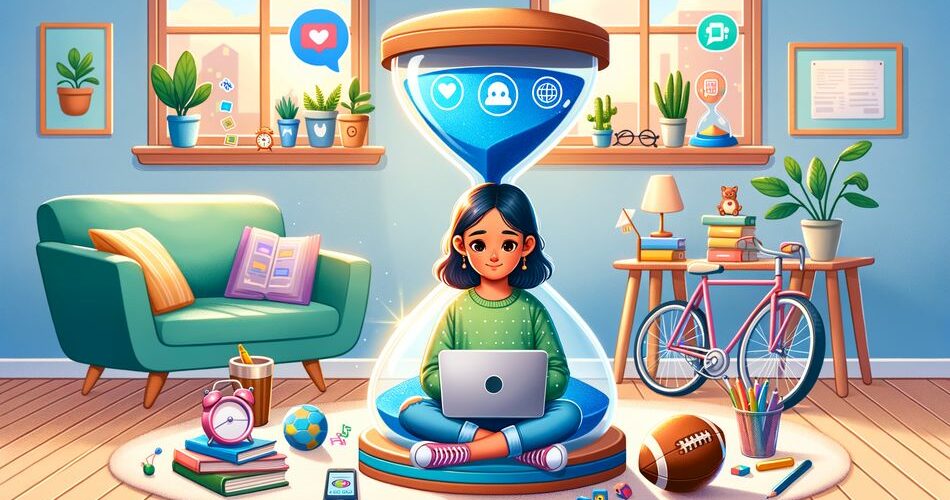In today’s digital age, managing screen time for children has become one of the most pressing concerns for parents. Whether it’s television, smartphones, tablets, or computers, screens are an ever-present temptation. But how can parents ensure that their children have a balanced relationship with technology? Let’s explore some strategies to create digital balance and manage screen time effectively for kids.
Understanding the Importance of Digital Balance
Digital devices can offer significant educational and entertainment value, but excessive screen time can lead to various negative effects, including disrupted sleep, reduced physical activity, and impaired social interactions. It’s crucial for parents to understand the importance of setting boundaries and guiding their children towards a healthy relationship with technology.
Set Clear Guidelines and Expectations
Having clear rules around screen time helps children understand what’s acceptable and what isn’t. Consider creating a family media plan that includes:
- Daily or weekly screen time limits: Set specific times when screens are allowed and when they are not, ensuring these limits are age-appropriate.
- Screen-free zones: Designate areas in the house where screens are not allowed, such as bedrooms, dining tables, and outdoor spaces.
- Content restrictions: Monitor and control the types of content your child is accessing. Make use of parental controls and review the programs, games, or apps your child uses.
Encourage Alternative Activities
To create a balanced lifestyle, encourage your child to engage in various offline activities, such as:
- Outdoor play: Physical activities like bike riding, sports, and playing in the park help children develop motor skills and reduce sedentary behavior.
- Reading: Foster a love for books by providing age-appropriate reading materials and setting aside daily reading time.
- Hobbies and crafts: Encourage creative activities like drawing, painting, building models, or playing musical instruments.
- Family time: Engage in family-oriented activities like board games, cooking together, and family outings to strengthen bonds and reduce screen dependency.
Model Healthy Screen Habits
Children learn a great deal from observing their parents. By modeling healthy screen habits, you can set a positive example for your children. Make a conscious effort to limit your screen time, especially in front of your kids, and engage in other activities to demonstrate the value of a balanced lifestyle.
Communicate and Educate
Open communication is key when it comes to managing screen time. Talk to your children about the importance of balance and the potential risks of excessive screen use. Educate them about the benefits of offline activities and the value of face-to-face interactions.
Use Technology Wisely
While it’s essential to manage screen time, it’s also important to leverage technology for positive purposes. Use educational apps, online tutoring, and interactive learning tools to support your child’s academic growth. Encourage productive screen use by setting goals and tracking progress together.
Consistency is Key
Consistency is crucial when enforcing screen time rules. Ensure that all family members, including caregivers and relatives, are aware of and adhere to the established guidelines. Consistent enforcement helps children understand the expectations and reduces resistance over time.
Conclusion
Creating digital balance is about finding the right mix of screen time and offline activities to support your child’s overall development. By setting clear guidelines, encouraging alternative activities, modeling healthy habits, communicating effectively, and using technology wisely, parents can help their children develop a healthy relationship with screens. Remember, the goal is not to eliminate screen time entirely but to foster a balanced and mindful approach to digital consumption. For more expert parenting tips and child development advice, continue exploring resources at Growing Together.

